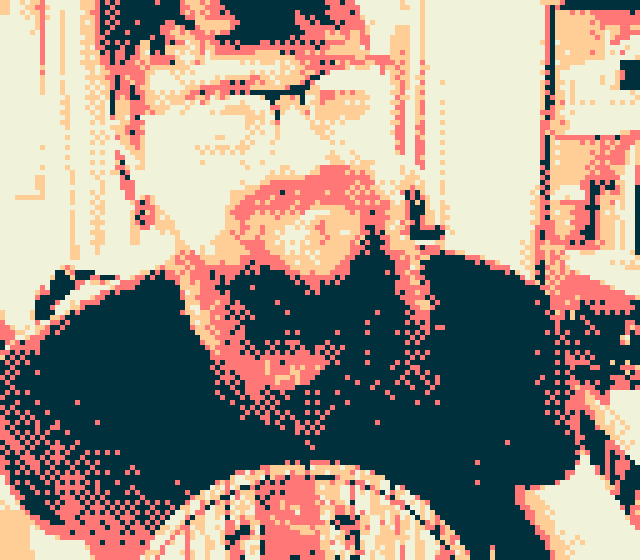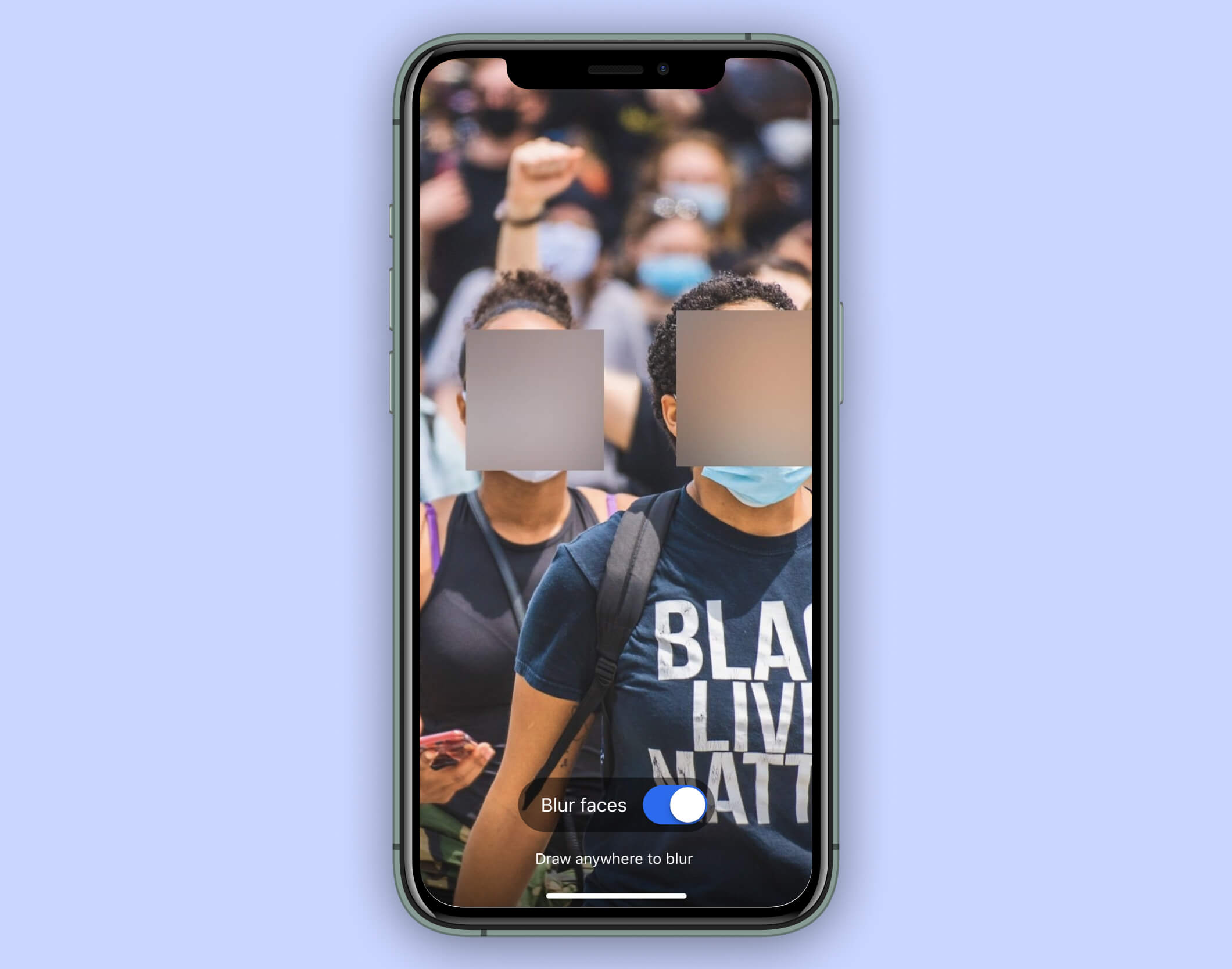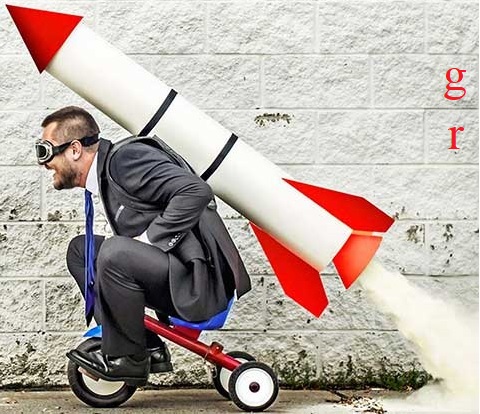Blur tools for Signal: if you take or edit photos of crowds or strangers with Signal, you can use our face blur tool to quickly hide people’s biometric face data.
You can then export the photo from Signal if you want to post it publicly.
Depends on how the blur is implemented…
I remember something like this on the Underhanded C Contest.
(It was for blacking out parts of an image.)
Always heard blurring was ineffective and that solid colored boxes should be used instead
I recall a story of a pedophile being caught because they posted pictures using a radial warp on the face. It wasn’t too hard for enforcement to code a filter that undoes the radial warp, and instantly saw the original photo to identify and lock away the creep.
A warp doesn’t technically lose the information, it merely displaces it. A good blur algorithm on the other hand will lead to loss of information.
To my knowledge, it’s kind of hard to quantify exactly how much information is lost with a normal blurring algorithm (gaussian, box, etc), but it’s usually less than you think. There are certain edge cases where no information is lost at all and the original image can be perfectly reconstructed if it’s simple enough. Even if it’s a normal photo of something complex, a deconvolution algorithm can work seemingly impossible magic on a blurry image without the need for an AI that will hallucinate details.
On the other hand, pixelating part of an image provably removes a large amount of information from that section of the image and no algorithm will be able to de-pixelate something without hallucinating details. Using a big box is the absolute best because it just deletes all information from that part of the image.
ETA: the problem is a lot worse in videos because you can use multiple frames with different offsets to reconstruct a higher quality image even if it’s pixelated.
This would demonstrate it will with physical concepts
Here is an alternative Piped link(s):
https://piped.video/UpJ-kGII074?si=EoQQeplKXYj5kMT0
Piped is a privacy-respecting open-source alternative frontend to YouTube.
I’m open-source; check me out at GitHub.
For those who are interested, here is a 20 minute mini-documentary about this individual that goes by the name of Mr. Swirl.
They had to ask adobe if i recall correctly. Which does mean it isnt as easy as it sounds to reverse engineer (since adobe developed it, they obviously knew how to do it)
deleted
I trust that Signal wouldn’t implement something if it was even questionably proven insecure
i think that is only valid for text, the method to restore blurred text is to draw and blur a lot of combinations and compare them to the blurred image. that’s probably not a thing with faces i guess…
That does sound more effective. You really have to trust that the blur algorithm cannot be reverse engineered if you use that. Removing the data seems more certain than transforming it somehow.
The blur seems pretty good to me, doesn’t seem like you could do any reverse processing to identify the face post blur.
Hmm. Thats a neat feature. I love signal.
Article from 2020
damn, we really shouldnt discuss things that have happened in the past.






